All of the broad habitats outlined briefly here are either inundated by water or exposed to the air at least partially for a few days each year, though some will experience both daily, making them potentially visible on satellite images and by drones. They differ from most of the other habitats covered here by being directly influenced by marine conditions. All of these habitat will be impacted, either directly or indirectly, by human influences, e.g. sea-level rise associated with climate change, but some are less susceptible to direct management interventions.
Intertidal
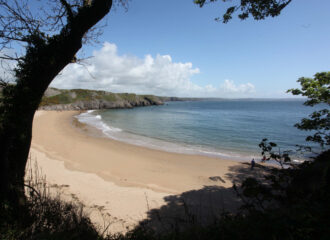
Sandy beaches
Virtually all of the accessible sandy beaches in Wales attract large numbers of people throughout the year, whether local walkers and dog walkers during the winter months or tourists throughout the rest of the year. The level of human disturbance on sandy beaches in Wales has had a negative impact on the biodiversity associated with…
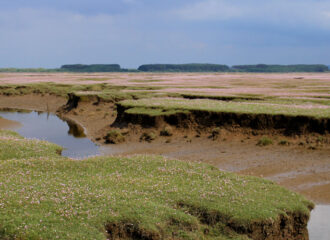
Estuaries
Estuaries are highly productive ecosystems that form where rivers enter the sea: in Wales, this is often signified by the Welsh place name having the pre-fix ‘Aber’ and followed by the name of the river, e.g. Aberystwyth, Aberdyfi etc. The larger, fully developed, saltmarsh systems, e.g. the Severn Estuary, the Dee Estuary and the Burry…
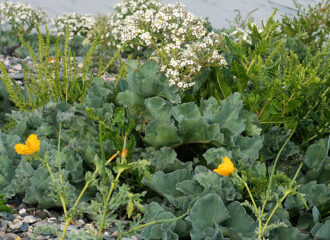
Shingle beaches, banks and ridges
Shingle beaches, banks and ridges form as storm waves throw pebbles higher and higher up the beach until they reach the point where the backwash from the waves can no longer reach them. It is on these higher and relatively stable ridges that the ‘Annual vegetation of drift lines’ (1220)’ habitat develops: a habitat that…
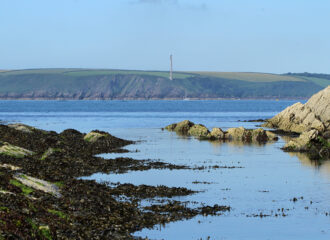
Rocky shore habitats
The intertidal rocky shore habitats tend to be split into five zones: the Splash Zone, the Upper Shore, the Middle Shore, the Lower Shore and the Infralittoral Fringe. Everything below these zones is sub-tidal and always covered by sea water. In terms of time spent inundated by sea water (which is proportional to the chances…
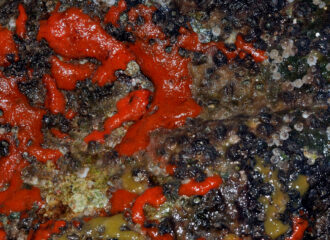
Caves
The ‘Submerged or partially submerged sea caves’ habitat is listed on Annex I of the EC Habitats and Birds Directive. Caves conforming to this habitat type can be found distributed around the rocky stretches of Welsh coastline from Gower to Anglesey. The partially submerged caves, some of which are accessible on low spring tides, are…

